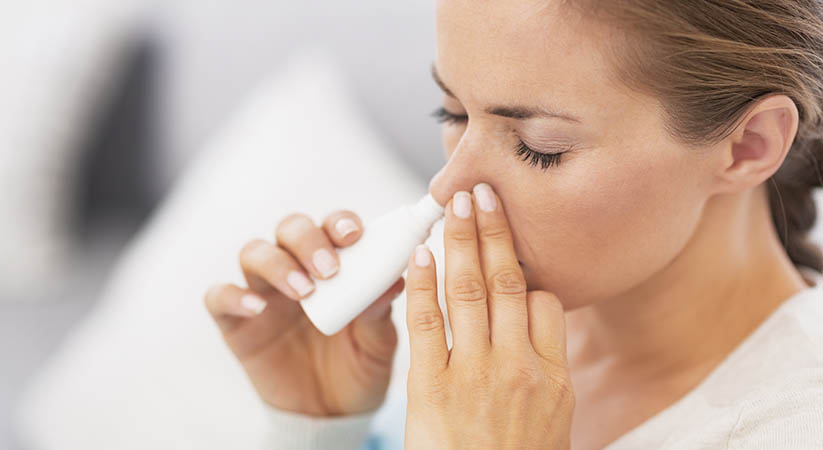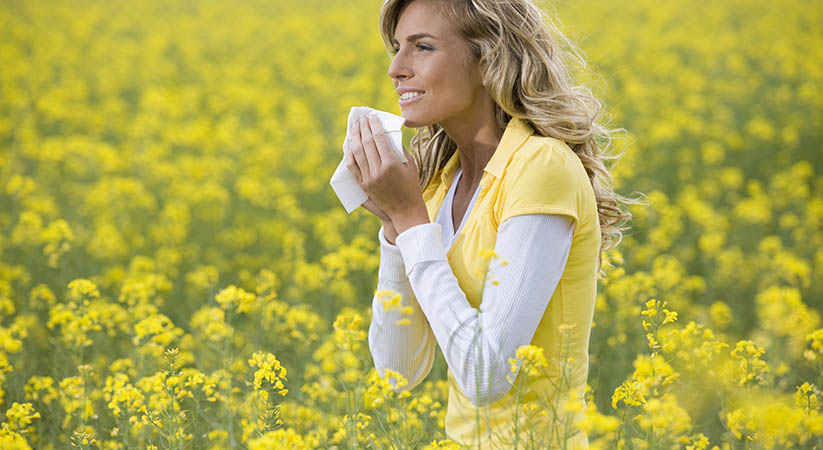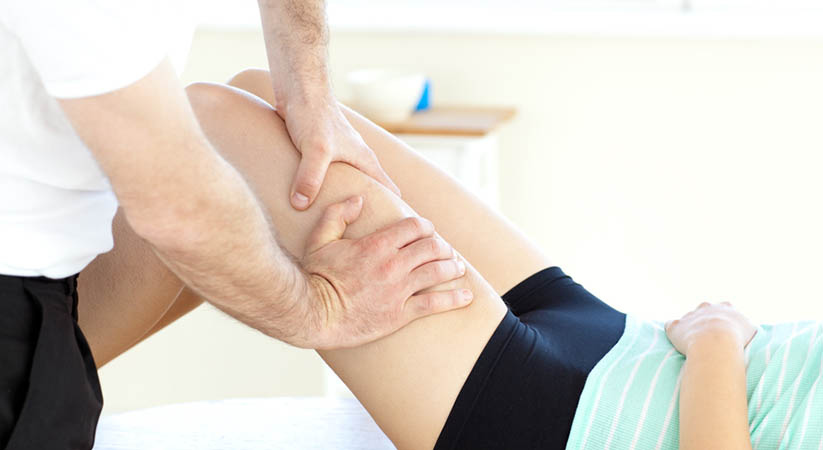For some of you, monsoon season gives you all a break from the scorching heat of the summer. However, for a lot of people, that is not all that the monsoon season brings with itself. It also brings a dozen allergies with it that can seriously affect some people out there. To deal with this, people often have to take help from an allergy physician.
People normally take every precaution to avoid malaria etc. but monsoon allergies are more often than not ignored. It is extremely important to take every precautionary measure you can take to avoid facing health problems due to monsoon allergies. Before we understand how to prevent such allergies, it is important to know the different types of allergies that come along with the monsoon season.
Common types of monsoon allergies
Here are all the common monsoon allergies you need to know about.
Eczema and Acne
This allergy does not sound life threatening at all. Which could also be why people tend to ignore it a lot. However, eczema and acne, if left untreated for a long time, can cause some serious problems. This is not to scare you, but to raise awareness about how important it is to treat such allergies.
If you suffer from this type of monsoon allergy, you should first and foremost visit a dermatologist. They will guide you and give you the proper medical attention you require in order to treat your allergy. Many people tend to conceal their acne instead of getting it treated. This is probably not what you should be doing. It is best to find a proper treatment for your problem.
Skin Allergy
If you live in a place where there is extreme pollution, it is likely that you will suffer from a skin allergy. This especially goes for the monsoon season. Many people get skin allergies due to the monsoon season. These types of allergies mostly show their symptoms on the feet, hands, back or any areas that are more exposed to air.
This is because such allergies are triggered by allergens like dust, pollen etc. Health experts say that such type of allergies can be treated with antihistamines. The body produces a chemical called histamine when it comes in contact with an allergen. Antihistamines help fight and reduce histamines in the body that control the symptoms shown by the allergy.
However, it is best to consult a doctor before trying anything on your own. Your doctor can judge your situation better and treat your allergies accordingly. Ask him about precautionary measures and treatments for the future as well.
Facial folliculitis
Facial folliculitis is a condition in which the hair follicles become inflamed. This leads to the hair breaking off. This mostly happens in the monsoon season. This is because it happens due to bacterial or fungal infection caused by extreme humidity, dehydration, sweating etc.
This allergy, if takes place, also needs to be examined and treated by a specialist. However, facial folliculitis is comparatively easy to prevent. It can be prevented by avoiding excessive sweating. You can do that by staying indoors. Taking regular baths and keeping yourself hydrated can also help prevent this condition.
Hyperpigmentation
As the name suggests, hyperpigmentation is a skin condition that causes dark patches to appear on the skin. This mostly happens due to extreme humidity too. For some people, when their skin is exposed directly to sun, their body produces melanocytes causing hyperpigmentation.
For others, this happens even when their skin is not exposed to direct sun, meaning during the monsoon season. This can be cured with laser therapies or medication as prescribed by your doctor.
Conclusion
Monsoon allergies can be avoided if the right precautionary measures are taken. Instead of sitting around feeling bad for yourself, take certain precautions to prevent such allergies. One important measure is to reach out to an allergy clinic right away!



